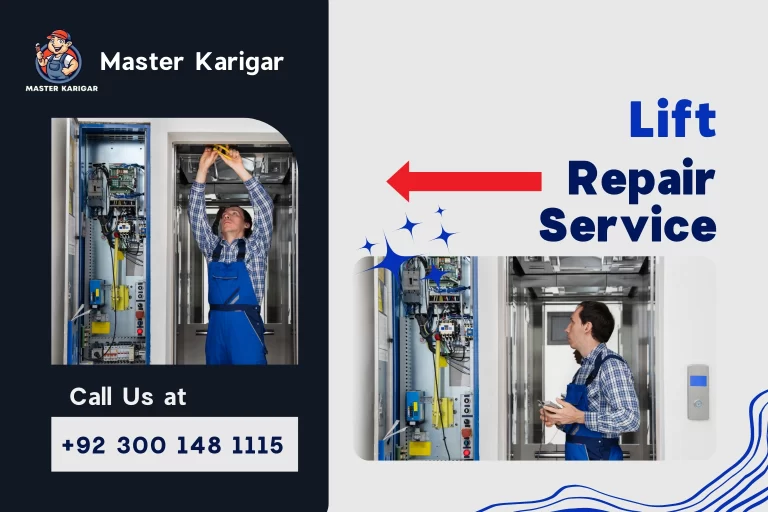Platform Lift Capacities Explained: Why They Matter for Lift Servicing
Platform Lift Capacities Explained: Why They Matter for Lift Servicing
Blog Article
A Comprehensive Strategy to Enhancing Efficiency Via Strategic Lift Fixing Strategies
A tactical and systematic strategy to lift repair work and maintenance is crucial to make the most of performance and lessen downtime. By resolving usual lift concerns, executing aggressive upkeep measures, and creating targeted repair work strategies, centers can enhance their lift systems to operate at peak efficiency levels.
Value of Lift Efficiency Optimization
Recognizing the importance of enhancing lift efficiency is essential for making sure effective and trustworthy upright transport systems in numerous buildings and frameworks. Lifts are important elements of contemporary infrastructure, offering vertical flexibility for passengers and goods within buildings of varying elevations. By enhancing lift performance, building proprietors and facility managers can enhance customer experience, enhance power efficiency, and rise total functional efficiency.
Effective lift efficiency optimization entails various variables, consisting of speed, capability, power maintenance, intake, and safety demands. Appropriately optimized lifts can reduce wait times for individuals, particularly in high-traffic structures, causing enhanced fulfillment and productivity. Additionally, maximized lifts add to energy cost savings by making use of sophisticated control systems and technologies that lessen power intake without jeopardizing efficiency.

Identifying Common Lift Issues
Determining common lift problems is important for keeping the operational effectiveness and security of upright transport systems in buildings. This concern can be a measure of troubles with the lift's motor, control system, or even the placement of the lift car.
Another common lift concern is unusual noises originating from the lift shaft or equipment room. These noises can vary from grinding or scratching sounds to loud clunking noises, every one of which might signal underlying mechanical issues that call for immediate interest. Additionally, regular door breakdowns, such as doors not opening or shutting appropriately, can interfere with the smooth flow of guests and pose safety threats.
Applying Aggressive Upkeep Steps
To enhance the efficiency and long life of lift systems, aggressive maintenance measures play an important function in ensuring operational integrity and safety. lift repair. Implementing positive maintenance involves systematically checking, servicing, and repairing parts before they stop working, thus avoiding costly downtime and prospective safety hazards. Frequently set up evaluations can help determine small problems before they escalate right into major troubles, ultimately prolonging the life-span of lift systems
One trick facet of proactive upkeep is developing a detailed upkeep schedule based upon visit our website maker suggestions and market ideal methods. This routine needs to describe tasks such as lubrication, positioning checks, and part replacements at specified periods. In addition, carrying out condition tracking techniques, such as vibration evaluation and thermal imaging, can aid discover very early signs of wear or breakdown.
Moreover, training maintenance personnel on appropriate inspection strategies and preventive maintenance procedures is important for the successful implementation of proactive upkeep procedures. By cultivating a society of positive upkeep within a company, lift systems see this page can run at peak performance degrees, lessening disruptions and ensuring the safety of users.
Developing Targeted Repair Work Plans
Upon evaluating the maintenance records and efficiency information, the design group can create targeted fixing strategies to optimize and deal with certain concerns lift system functionality. These repair work strategies are tailored to the determined issues, ensuring that sources are concentrated on dealing with crucial concerns effectively. By focusing on repair services based on their effect on performance and security, the targeted repair service plans assist decrease downtime and upkeep expenses while making best use of the lift system's reliability.
Establishing these strategies includes a thorough analysis of the lift system parts, consisting of motors, cords, brakes, and control systems. Via this thorough analysis, the engineering team can establish the source of any type of malfunctions or deterioration in performance. This information is then used to produce a roadmap for the repair work process, describing the essential steps, timeline, and resources required to address each problem properly.
Additionally, targeted repair work plans might consist of preventative measures to enhance the lift system's long life and efficiency. By proactively resolving possible problems before they rise, these strategies contribute to the overall efficiency and security of the lift system.
Making Use Of Data-Driven Insights
Utilizing the power of data-driven insights is vital in maximizing lift system efficiency and maintenance effectiveness. These predictive maintenance strategies aid prevent unanticipated failures, decrease downtime, and expand the life-span of lift systems.

Conclusion
In conclusion, maximizing lift efficiency is vital for ensuring effectiveness and security in structures. By determining typical lift issues, carrying out proactive maintenance procedures, creating targeted repair service strategies, and using see this website data-driven understandings, companies can improve performance and decrease downtime. It is very important to take a thorough strategy to raise repair service methods to optimize functional performance and make sure the durability of lift systems.
By attending to typical lift concerns, executing proactive maintenance measures, and establishing targeted fixing plans, facilities can optimize their lift systems to operate at peak efficiency degrees.Another prevalent lift concern is odd sounds originating from the lift shaft or machinery room.Upon examining the upkeep documents and efficiency information, the engineering group can create targeted repair strategies to attend to certain concerns and maximize lift system performance. By prioritizing repair work based on their impact on efficiency and safety and security, the targeted repair strategies aid decrease downtime and maintenance expenses while optimizing the lift system's dependability.
It is crucial to take a thorough approach to raise repair strategies to maximize operational efficiency and ensure the durability of lift systems.
Report this page